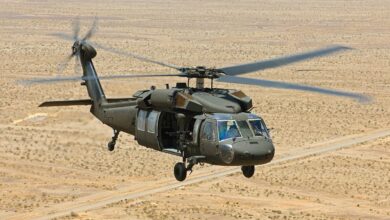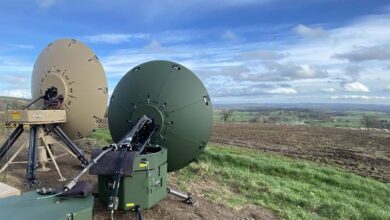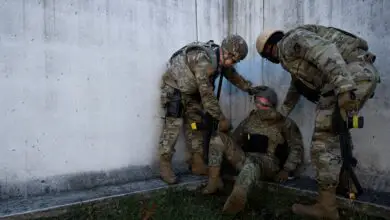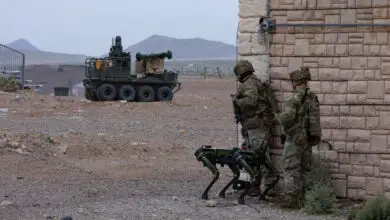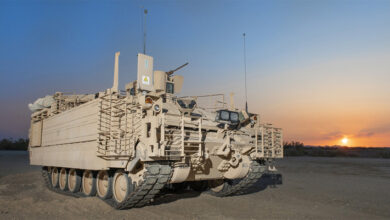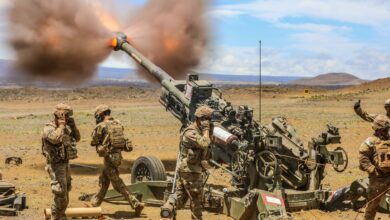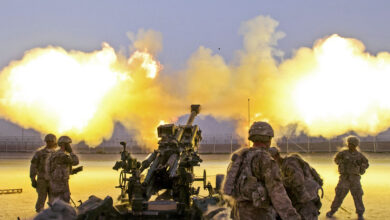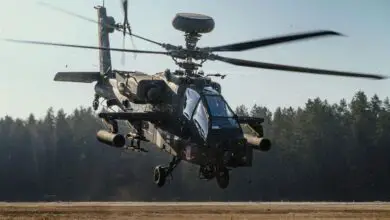US Army Trials IVAS Goggles on Airborne Troops
US Army researchers are seeking to expand the Integrated Visual Augmentation System (IVAS) role, testing its capabilities with aircrews and paratroopers to enhance their skills, the service has stated.
A digital goggle, the IVAS utilizes a combination of situational awareness tools and high-resolution simulations to assist the wearer in “sensing, decision-making, target acquisition, and target engagement.”
Researchers initially focused on developing the device for dismounted soldiers. In the next phase, developers shifted their focus to soldiers aboard ground vehicles such as the Bradley and Stryker.
IVAS platform integration project engineer Dr. Navin Mathur stated, “The Army is investing in resources to broaden the emerging capabilities of IVAS to improve effectiveness and safety of airborne Soldiers en route to their mission.”

Tested on Airborne Troops
In the latest phase of development, the device was tested last month on paratroopers aboard two Black Hawk combat helicopters.
“They received real-time video feeds to their IVAS headsets, from a camera mounted to the bottom of helicopters, while flying to the objective site,” the statement revealed.
“By pushing a button on the headset, they could toggle among the screens, making the images larger or smaller. Two squad leaders in separate Black Hawks also coordinated a mid-flight change of mission plans using the system.”
Latest Feature
The researchers are also developing a feature of the device that allows paratroopers and aircrew wearing the IVAS to receive video feeds from Air-Launched Effects, small unmanned aerial vehicles released in flight from helicopters.
“During the development phases for these current and future ground and air platforms, we’re focused foremost on putting together the user experience,” Mathur said.
“The team is getting their feedback during exercises like EDGE and making quick upgrades. We’re continually refining designs to meet their needs.”


